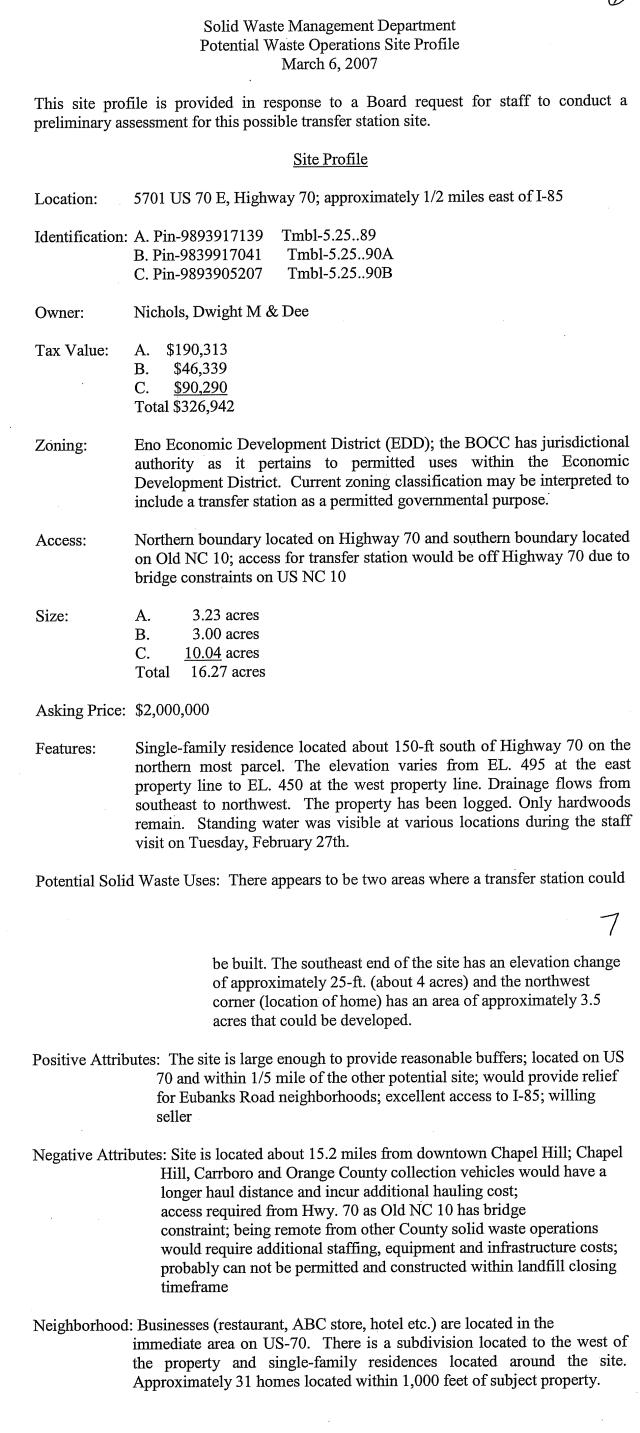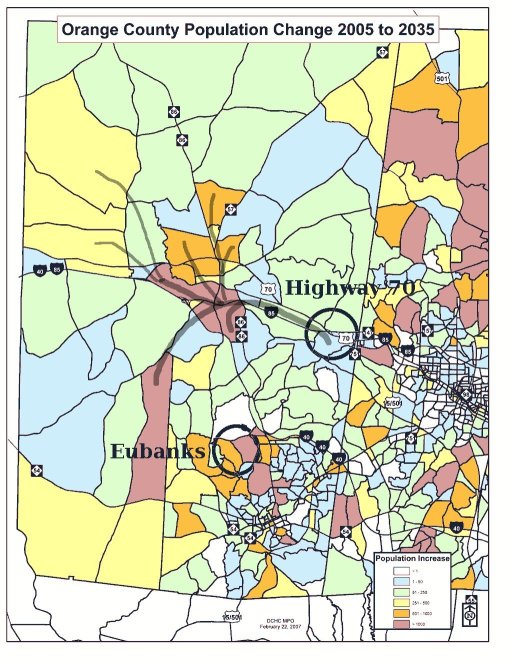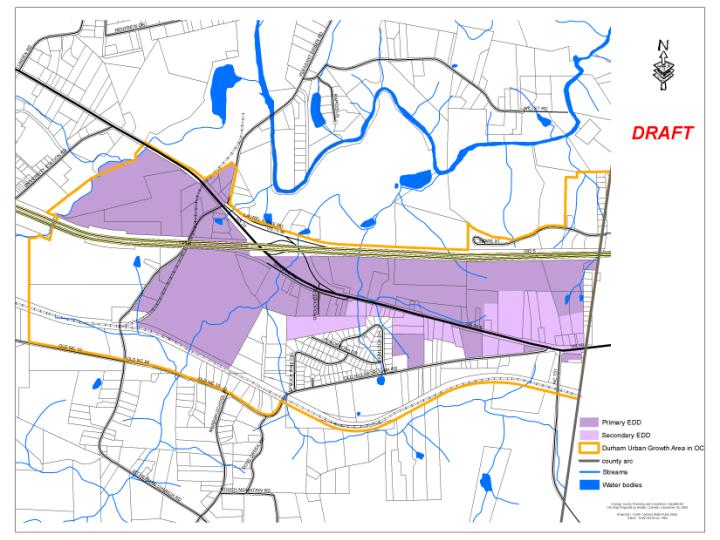
As we know, There are known knowns.
There are things we know we know.
We also know there are known unknowns.
That is to say we know there are some things We do not know.
But there are also unknown unknowns, the ones we don’t know we don’t know.— Donanld Rumsfeld, Feb. 12, 2002, Department of Defense news briefing
Well we know that Rumsfeld was is a jackass.
What the majority of our Town Council didn’t want to know when they rushed forward on the Lot #5 juggernaut, was the extent of the hazardous waste remediation required to make the site suitable.
Oh, they knew that there had been at least one former gas station on-site.
And they knew that during a previous assay an environmental tech had taken an unauthorized sniff of the dirt that revealed gas fumes.
But rather than taking the prudent step of testing before committing to the Lot #5 boondoggle – making this all to known unknown known – to use a Rumsfeldian turn of phrase, the majority stuck their heads firmly in the sand and instructed the Town Manager to move ahead.
Kind of like Bush and Rumsfeld in Iraq. Jump first, measure the consequences later. And we know how effective that has been.
What’s the big deal?
Beside making a decision that has already undercut our Town’s moral authority to set the highest caliber of environmental standards it has exposed our taxpayers to a potentially stiff financial penalty.
The “rah rah” growth folks on Council like to say this ridiculously bad Lot #5 deal with RAM Development won’t cost the taxpayers one pretty cent – except for the hundreds of thousands for required consultants, disrupted city services, staff time, etc. – until the Town’s 161 parking spaces are complete.

The problem? Our taxpayers are on the hook for any hazardous waste remediation – remediation that will have to paid for now. The cost, considering the geology, could run into the multi-millions of dollars.
That’s millions of dollars out out of our taxpayers pockets, this year, for one huge mistake. Millions that won’t go to increasing our Town’s commitment to abating chronic homelessness or increasing social services. Millions that might mean the difference between having an aquatics center or losing our quality bond rating.
On a slightly positive note, it looks like some of our Council took my and others concerns to heart.
Most likely too late to squeeze of the deal without some kind of fiscal damage, Town is going ahead with the environmental assay they should’ve done first.
Good news? We’ll find out the broad outlines the environmental damage.
Bad news? We’ll have to start paying millions of dollars this year to cleanup the mess.
Worse news? If this initial assay isn’t done properly or is oriented to quell criticism rather than measure the extent of the true problem – well, the taxpayers of Chapel Hill better be prepared for the “death of a thousand cuts”. Not an unlikely scenario given RAM Development’s halving the scale of the project – keeping the cost roughly the same – and extracting a 15-fold greater financial commitment, $7.5 million so far, from the Town.
This cleanup, if it follows the trajectory of similar projects I’ve been part of, will probably cost quite a bit more than originally anticipated. It will be the gift that keeps on taking.
Hang on to your wallets folks, we’re in for a messy ride.
Parking Lot 5 to Close for Test Borings
The Town of Chapel Hill has hired a contractor to conduct environmental assessments of a site that is selected for a proposed $75 million three-section building complex combining condominiums, retail, and parking on Town-owned Parking Lot 5 in downtown Chapel Hill.
The environmental assessments, to be conducted by Environmental Consulting Services, Ltd. (ECS) will require closing the parking lot located between Franklin and Rosemary Streets at the intersection of Church Street.
Municipal Parking Lot 5 will be closed from 4 a.m. to 1 p.m. Saturday, March 17, from 6 a.m. to 9 p.m. Sunday, March 18, and 8 a.m. to 9 p.m. Tuesday, March 20. All vehicles must be removed. Accommodations will be made for individuals with leased parking spaces. Call the Town’s Parking Services Coordinator at 968-2835 for more information. Motorists may find available parking at the Rosemary Street Parking Deck, 150 E. Rosemary St., Municipal Lot 2 at 100 E. Rosemary St., or Municipal Lot 3 at 415 W. Franklin St.
The environmental assessment will include a geophysical study to determine if underground tanks are present, as well as up to 30 test borings of the soil. While the Town has conducted previous environmental studies, this week’s assessment will provide a more detailed examination of the soil conditions of the site. Engineers will evaluate and describe site hydrogeological conditions; determine the location, type and concentrations of contaminants; and determine the requirements for remedial action based on the applicable regulatory environmental guidelines.
Negotiations with Ram Development Co. are under way since the Council authorized Manager Roger L. Stancil on Feb. 12 to execute the development agreement. Issues for negotiation have included energy efficiency construction, parking for affordable housing, and environmental considerations. Reflecting its commitment to environmental stewardship, the Town has pursued additional information on the site’s environmental conditions as negotiations continue.
The Town has completed an earlier environmental assessment of the Parking Lot 5 site. Following this phase one study conducted by ECS on Aug. 18, 2004, engineers recommended a ground penetrating radar survey be performed to determine if underground storage tanks are located on the site. Next week’s survey will determine if such tanks are located on the site. ECS also performed work on Oct. 27, 2004, and April 13, 2005, for additional explorations to evaluate the depth to rock in Lot 5 as part of the design analysis for underground parking.
Citizens may review information on the Town website about the Downtown Economic Development Project at http://townhall.townofchapelhill.org/projects/dedi/
I’ll be looking forward to the timely release of these reports and plan to review them in detail.
I also will be calling on Council, as I have before, to stop any further movement on this project pending the results of these tests. To give our residents a chance to catchup and reflect on the consequences of “digging a deeper hole”.
Surely they deserve to know how much the hazardous waste remediation is going to cost before having their Council further the process.
My guess, based on the rushed, imprudent and unfortunate decisions the majority of Council have already made on this project, they won’t stop the juggernaut.


















